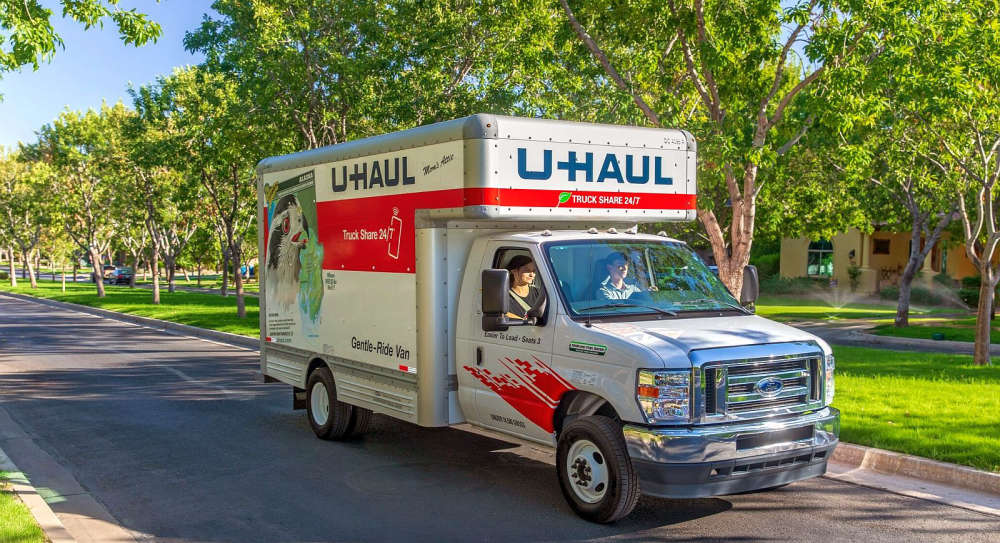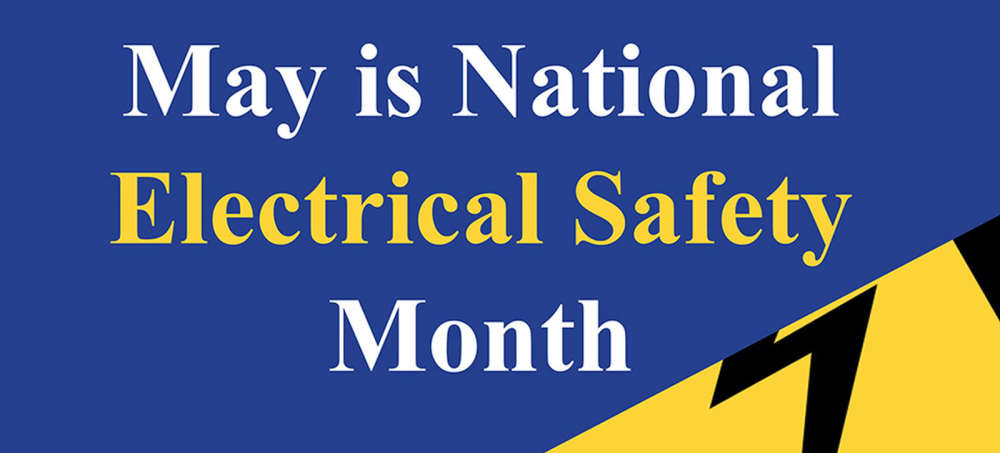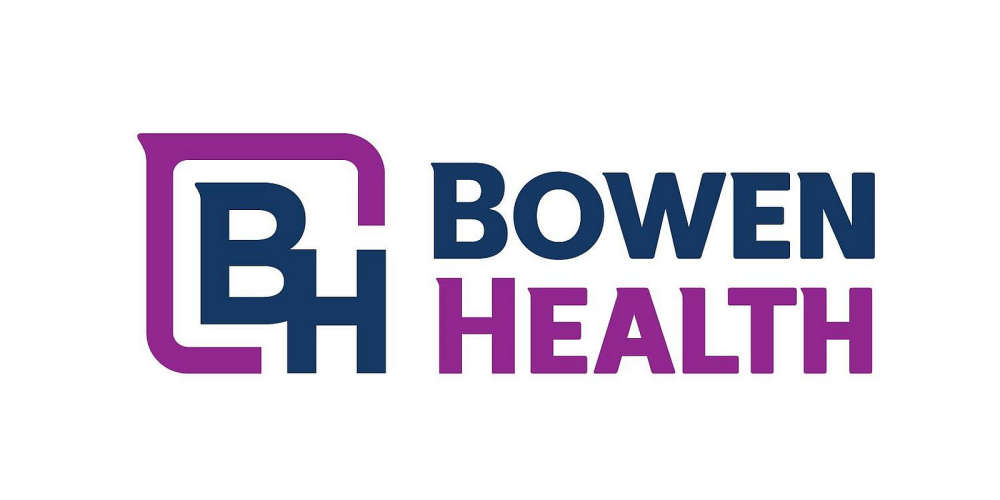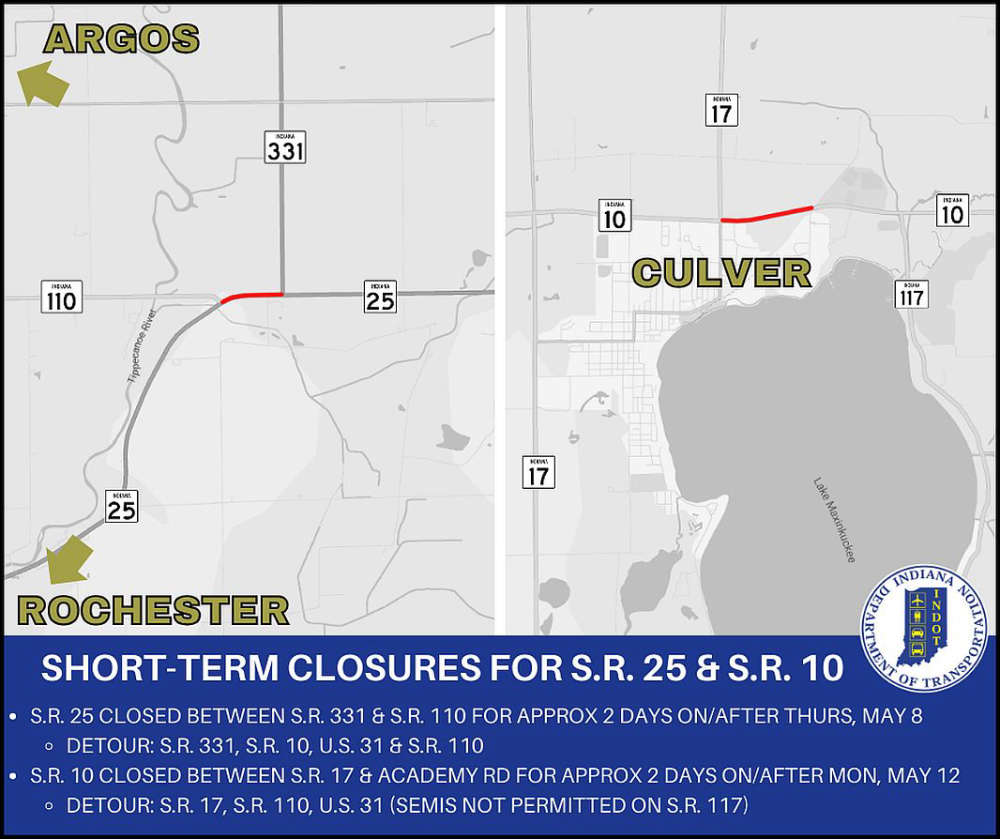
Indiana is the No. 8 growth state of 2024, according to U-Haul® Growth Index data analyzing one-way customer transactions during the past year.
This marks the fifth time in six years the Hoosier State has been a top 15 U-Haul growth state. After sliding to 27th in the growth rankings in 2023, Indiana’s jump of 19 spots on the list is second only to Oklahoma’s 30-spot jump in 2024.
South Carolina climbs three spots to dethrone Texas as the No. 1 growth state.
U-Haul customers coming to Indiana accounted for 50.6% of all one-way traffic in and out of the state (49.4% departures) last year.
Looking at year-over-year changes, U-Haul arrivals into Indiana rose more than 1% while departures fell 2% in 2024.
U-Haul ranks growth states according to each state’s net gain (or loss) of one-way equipment from customer transactions in a calendar year. The U-Haul Growth Index is compiled from more than 2.5 million one-way U-Haul truck, trailer and U-Box® portable moving container transactions that occur annually across the U.S. and Canada.
“Indianapolis and its northern suburbs are a big part of what brings people here to Indiana. Fort Wayne is another area that has seen growth and development lately,” said Jeff Steffani, U-Haul Area District Vice President.
“There are a lot of large corporations relocating to or building in the downtown Indianapolis area. Lilly® pharmaceuticals is headquartered there and has been a big driving force. GM® is a company that has facilities throughout the state. The schools in Indiana are a contributing factor to new residents. We’ve seen significant growth around the college towns. But there are a lot of employment opportunities in Indianapolis, and the suburbs are thriving because families move there and commute. Westfield, Fishers, Noblesville and Carmel have all been hotspots with housing going up across those cities.”
Indiana’s notable leading growth cities include (in alphabetical order): Anderson, Carmel, Columbus, Elkhart, Fishers, Gary, Greenfield, Greenwood, Indianapolis, Jeffersonville, Muncie, Noblesville, South Bend, Terre Haute and Valparaiso.
North Carolina, Florida and Tennessee round out the top five growth states for 2024. It’s the same top five from 2023, but in a slightly different order.
California ranks 50th for the fifth year in a row with the largest net loss of one-way U-Haul customers. While Oklahoma, Indiana and Maine (+18) are the biggest risers YOY, Colorado (-31), Nevada (-24), Wyoming (-22) and New Mexico (-21) saw the biggest slides.
Find past growth rankings and reports at uhaul.com/about/migration.
2024 U-Haul Growth States
|
1. |
SOUTH CAROLINA (4) |
|
2. |
TEXAS (1) |
|
3. |
NORTH CAROLINA (3) |
|
4. |
FLORIDA (2) |
|
5. |
TENNESSEE (5) |
|
6. |
ARIZONA (8) |
|
7. |
WASHINGTON (7) |
|
8. |
INDIANA (27) |
|
9. |
UTAH (13) |
|
10. |
IDAHO (6) |
|
11. |
OKLAHOMA (41) |
|
12. |
ARKANSAS (17) |
|
13. |
MAINE (31) |
|
14. |
OHIO (23) |
|
15. |
GEORGIA (18) |
|
16. |
ALABAMA (22) |
|
17. |
VIRGINIA (10) |
|
18. |
MINNESOTA (20) |
|
19. |
SOUTH DAKOTA (19) |
|
20. |
VERMONT (12) |
|
21. |
DELAWARE (15) |
|
22. |
WISCONSIN (26) |
|
23. |
IOWA (24) |
|
24. |
MONTANA (21) |
|
25. |
KENTUCKY (29) |
|
26. |
HAWAII (25) |
|
27. |
ALASKA (34) |
|
28. |
MISSOURI (28) |
|
29. |
NEBRASKA (35) |
|
30. |
WEST VIRGINIA (30) |
|
31. |
NORTH DAKOTA (32) |
|
32. |
KANSAS (33) |
|
33. |
NEW HAMPSHIRE (40) |
|
34. |
OREGON (37) |
|
35. |
NEVADA (11) |
|
36. |
WYOMING (14) |
|
37. |
NEW MEXICO (16) |
|
38. |
RHODE ISLAND (36) |
|
39. |
MISSISSIPPI (39) |
|
40. |
COLORADO (9) |
|
41. |
CONNECTICUT (42) |
|
42. |
MARYLAND (44) |
|
43. |
MICHIGAN (46) |
|
44. |
LOUISIANA (45) |
|
45. |
ILLINOIS (48) |
|
46. |
PENNSYLVANIA (38) |
|
47. |
NEW YORK (43) |
|
48. |
NEW JERSEY (47) |
|
49. |
MASSACHUSETTS (49) |
|
50. |
CALIFORNIA (50) |
2023 growth rankings in parentheses
While U-Haul rankings may not correlate directly to population or economic growth, the U-Haul Growth Index is an effective gauge of how well states and cities are attracting and maintaining residents.
U-Haul is the authority on migration trends thanks to its expansive network that blankets all 50 states and 10 Canadian provinces. The geographical coverage from 23,000-plus U-Haul rental locations provides a broad overview of where people are moving like no one else in the industry.
U-Haul continues to benefit the environment through its shared-use business model. Truck and trailer sharing empowers communities to share moving equipment so that families and individuals don’t need to own large-capacity vehicles to transfer belongings. Sustainability initiatives like U-Haul Adaptive Reuse (the preserving and repurposing of existing buildings for new stores), truck modifications to improve fuel economy, and plastic Ready-To-Go Boxes® that are shared hundreds of times before being recycled are among the ways U-Haul promotes green business. U-Box Load Share, the Company’s latest sustainability program, continues to earn awards for providing ecofriendly solutions to today’s gig economy.
Article provided.


 Commissioners pass two ordinances on final readings
Commissioners pass two ordinances on final readings
 Troyer Group presents concepts for new pool in Centennial Park
Troyer Group presents concepts for new pool in Centennial Park
 Fort Wayne female arrested for driving while suspented with a prior
Fort Wayne female arrested for driving while suspented with a prior
 NIPSCO marks Electrical Safety Month by sharing tips to keep customers, communities safe
NIPSCO marks Electrical Safety Month by sharing tips to keep customers, communities safe
 Free Bowen Health masterclasses available online
Free Bowen Health masterclasses available online
 State Road 25 and State Road 10 to have short-term closures
State Road 25 and State Road 10 to have short-term closures
 Three 18-year-olds arrested by city police for marijuana
Three 18-year-olds arrested by city police for marijuana
 Plymouth Police arrest 3 for marijuana
Plymouth Police arrest 3 for marijuana




